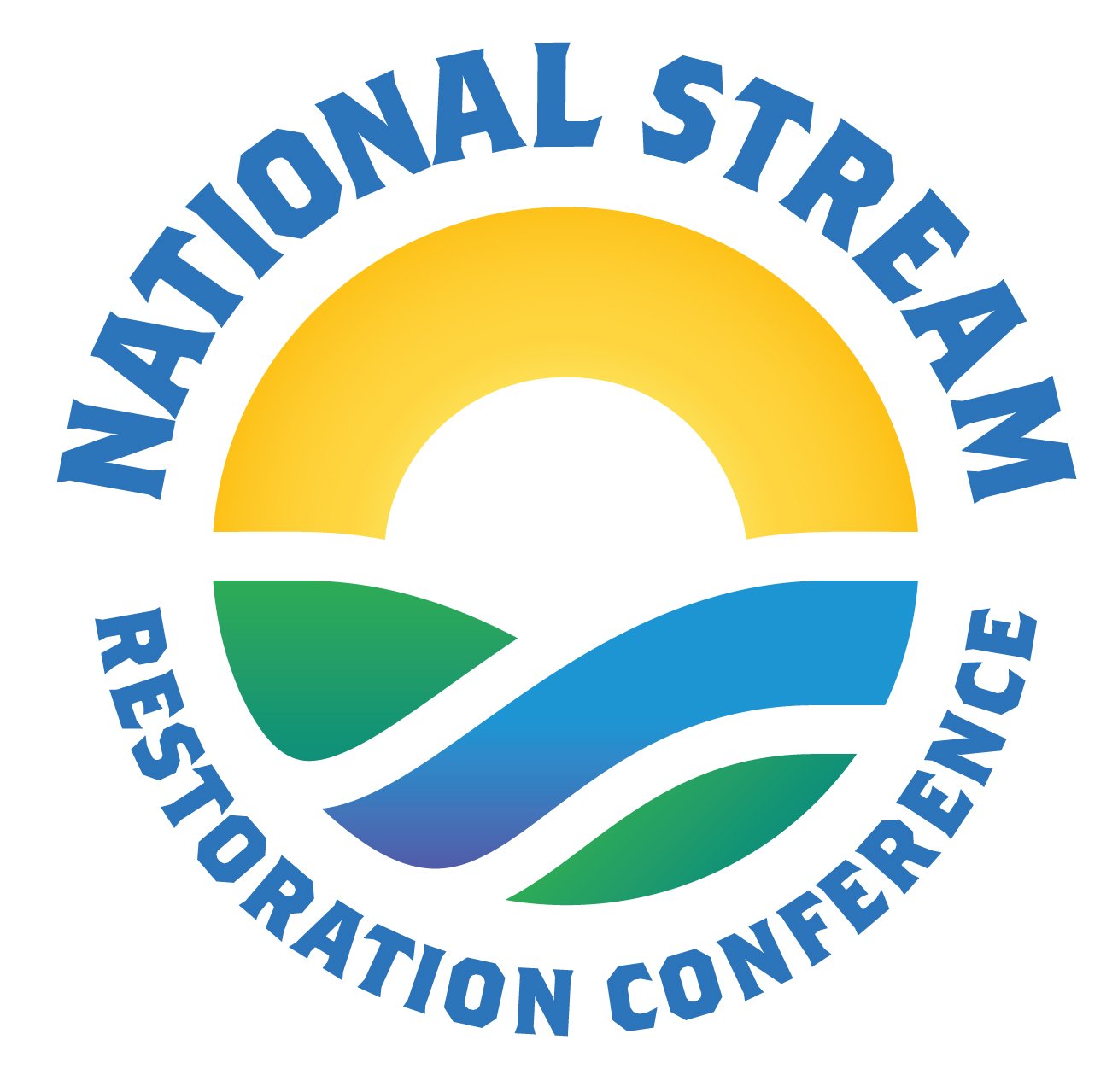Floodplain Mapping & 2D Hydraulic Modeling with UAS topobathymetric LiDAR
Evan Carlson
Whiteout Solutions
St. Johnsbury, VT
Topobathymetric LiDAR has long been a technology available exclusively on fixed wing manned aircraft making it costly and inefficient for smaller targeted surveys. Recent innovations have allowed for the development of more compact systems, allowing organizations to utilize unmanned aerial systems (UAS) to provide more timely, efficient, and affordable topobathymetric LiDAR. On a UAS platform, a topobathymetric survey can produce 200 points of elevation per square meter, capturing microtopology, scours, sediment impoundment and other geomorphologic characteristics. Whiteout Solutions is one of the only organizations leveraging these technological advancements. In the past three years Whiteout Solutions more than 20 topobathy LiDAR surveys on river corridors to support flood plain analysis and dam removal design.
The rural community of Lyndon, Vermont has been subject to substantial flooding in recent decades. In 2023, the Town of Lyndon contracted SLR Consulting to conduct a floodplain study and to design flood mitigation strategies. Utilizing its topobathy capabilities Whiteout Solution surveyed roughly six miles of the Passumpsic river and adjacent floodplain. SLR leveraged the topobathymetry data to develop high-resolution 2D hydraulic model, allowing them to test and validate the effectiveness of various flood mitigation strategies. The results of this work provided the community with a series of options for how to improve the flood capacity and reduce the impact on the community. The high-resolution data not only is providing the engineering firm with more confidence in their models but also results in a Lyndonville becoming more resilient to the inevitable increase in flooding that will occur in the future.
With the introduction of topobathy LiDAR on the smaller platforms, engineers, scientists, governments officials, and conservation groups can be armed with higher accuracy and higher resolutions data, resulting in more accurate models, better designs and safer communities.
About Evan Carlson
As the Chief Product Officer at Whiteout Solutions, Evan is a subject matter expert in geospatial data products. He guides these products through the project lifecycle, ensuring they not only meet project requirements but also answer the core questions of customers. Evan is focused on delivering the best possible data products and reducing the complexity of geospatial technology for end users with geoSAP, Whiteout Solutions' data delivery and analysis platform.

